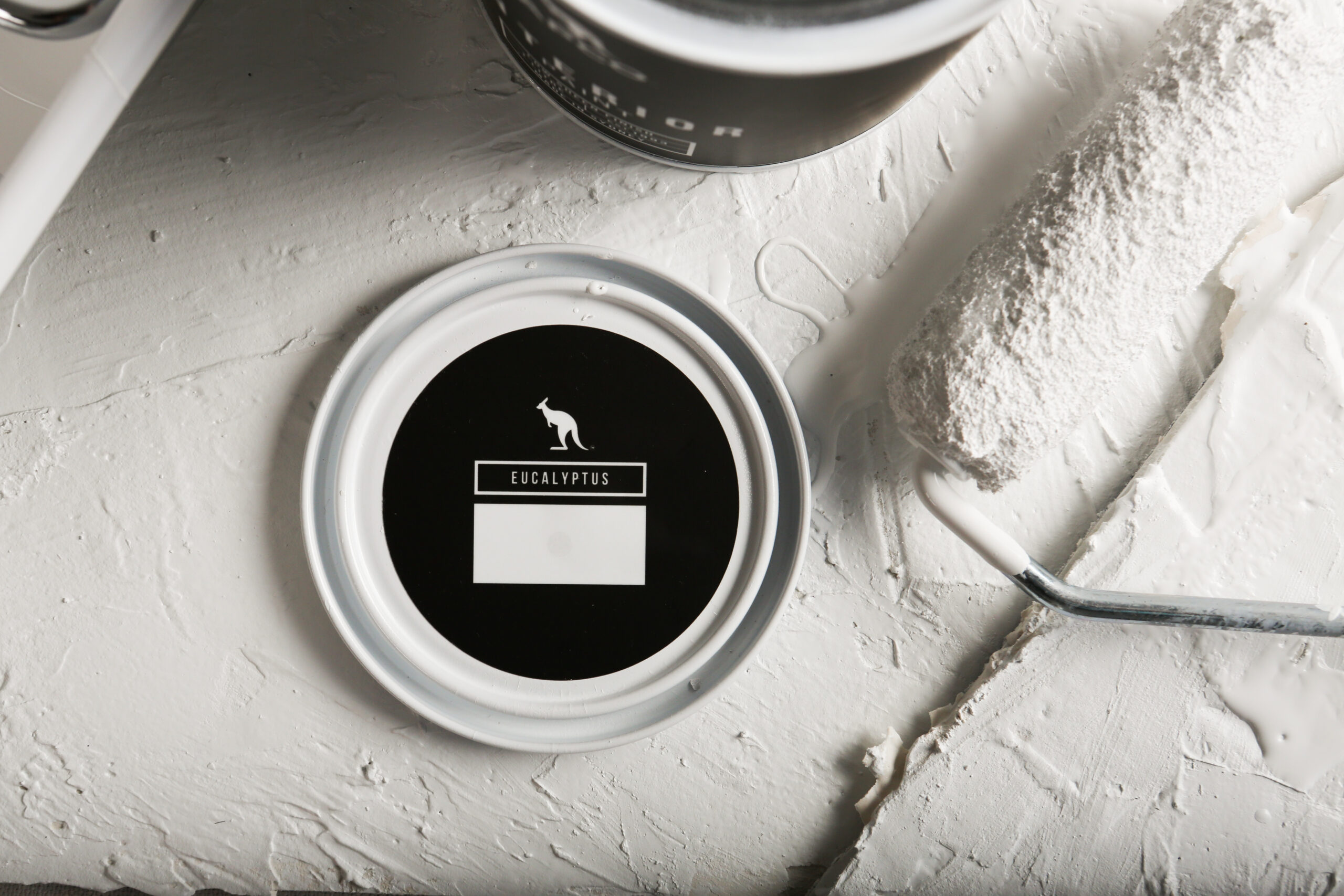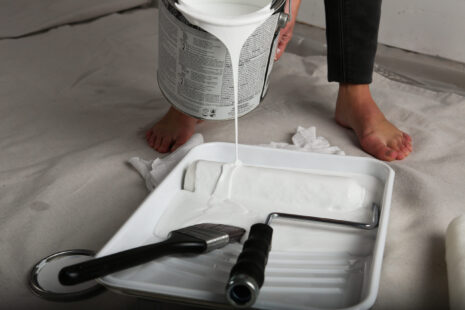So, you’ve wrapped up your painting adventure, congratulations! Now, what to do with that paint until next time you might need it, or the creativity begins to flow? We’re here to illustrate how best to store the paint you may need down the line, and how to safely dispose of any leftover paint you no longer have use for.
Storing Your Paint
Leftover paint can be kept and reused for quite a long time if stored properly. It’s best to store leftover paint in a cool, dark, and dry location. Paint should be stored in an area where temperatures are above freezing and there are no excessive temperature swings (Australia is known for it’s excessive temperatures, after all). Metal paint cans should be stored on wood or plastic shelving rather than on cement floors to minimise the chance of rusting. Before storing, wipe as much excess paint as possible off of the rim, cover the opening of the can with plastic wrap, and seal the lid tightly using a rubber mallet. Avoid using a hammer, which can leave dents in the can that may allow air to seep in and shorten the paint’s shelf life.
To make your future painting endeavour much easier, there’s a number of things you could make a note of on the outside of the paint can. Using some tape or simply a sharpie, write on the can how much paint is left inside, the date, and what room you painted. Unopened paint has a very healthy shelf life, but it’s best practice to use up your paint within two to three years. Opened cans that have been exposed to the air will have a shorter shelf life – this can vary depending on conditions such as temperature and whether or not the lid was correctly sealed. We would recommend using any opened paint can within 1 or 2 years.

Recycling Extra Paint
We all know that recycling is better for the planet. And why waste something quality that you’ve invested in, anyway? Here at Omega Industries we always recommend recycling leftover paint, for a number of reasons. Recycled paint could be used to make new water-based paints, or mixed together to be used in community projects like graffiti removal.
Paintback, for example, is a non-profit organisation that diverts unwanted paint and packaging from ending up in landfill and vital waterways. They invite you to take leftover paint to a drop-off site, where it is sorted for reuse, recycling, energy recovery, or safe disposal.
Consider donating your paint to a community center, charity, place of worship, local theater, You can also reach out to local thrift or second-hand furniture stores to see if they have a need for paint to spruce up items they will sell to fundraise. Better even – post a free ad online to see if anyone needs a small amount of paint for a project.
Safe Disposal of Extra Paint
If you can’t find anyone to take the paint off your hands to a good home, there are also Household Hazardous Chemical (HHC) collection programs to help you dispose of extra paint. Household paint is NOT considered hazardous waste, but lots of hazardous waste sites will take it off your hands and ensure proper disposal.
Our paint, like most others, can only be thrown into the trash after it has been fully dried out. If you have a small amount of paint left in your can, simply remove the lid and allow it to dry out over a couple of days and solidify, when you can throw it out with your regular trash. Remember, when getting rid of paint, never pour leftovers down the drain or into the ground.
Check your local regulations for more helpful resources on paint recycling.

